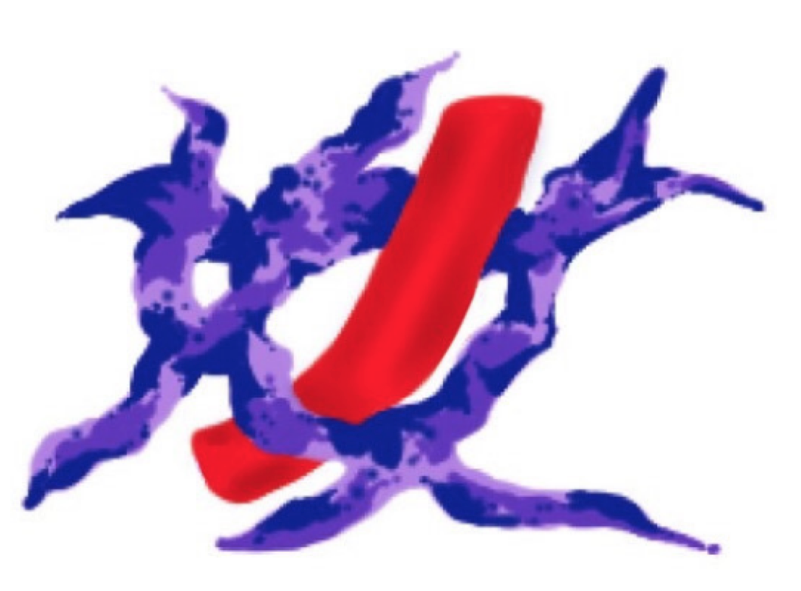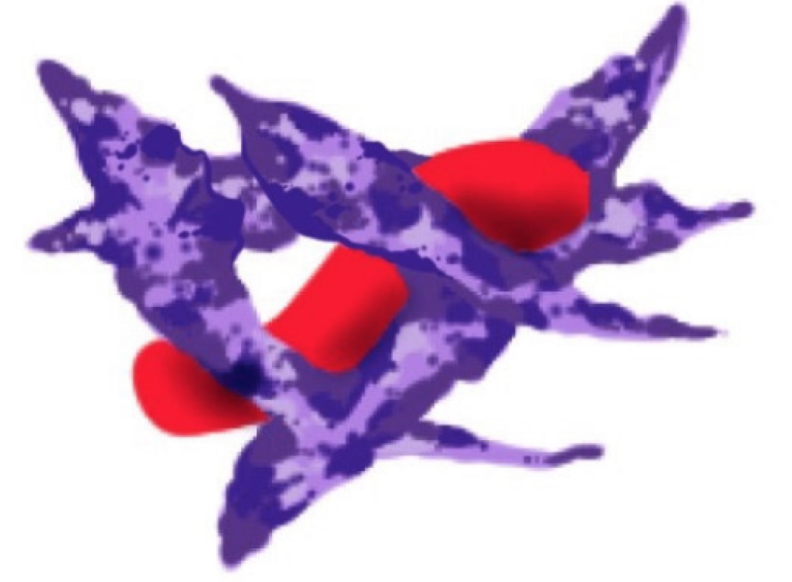Save the life of those
who give it.

Our mission
Postpartum Hemorrhage
Statistics
1st(1)
Cause of maternal mortality world-wide.
14M(1)
Number of women experiencing PPH each year.
25%(2)
Responsible for 25% of all maternal deaths.
70K(1)
Number of annual deaths worldwide.
Context
Postpartum Hemorrhage
Postpartum Hemorrhage (PPH) is defined as a blood loss of 500mL or more, and severe PPH as a blood loss of 1000mL or more, within 24 hours of birth. Severe PPH affects approximately 2% of all women who give birth.
According to the WHO, PPH is the leading cause of death that occurs on the day of birth. The majority of these could be prevented with prompt and appropriate management. In addition to death, serious maternal morbidity and post-traumatic psychological sequelae may follow PPH.

Arteries that fed the placenta are broken.
Physiological Solution
After delivery, when the placenta separates from the uterine wall, open blood vessels result in bleeding. Usually, to prevent bleeding, the uterus naturally contracts to “strangle” these arteries. However, when the uterus is not able to contract naturally, the arteries continue to bleed : this is uterine atony, the most common cause of PPH (80%).
ILITEE creates a negative pressure with vacuum to stimulate and amplify physiologic contractions of the uterus. And it works beautifully.

Arteries strangled by muscular fibers to naturally stop bleeding.

